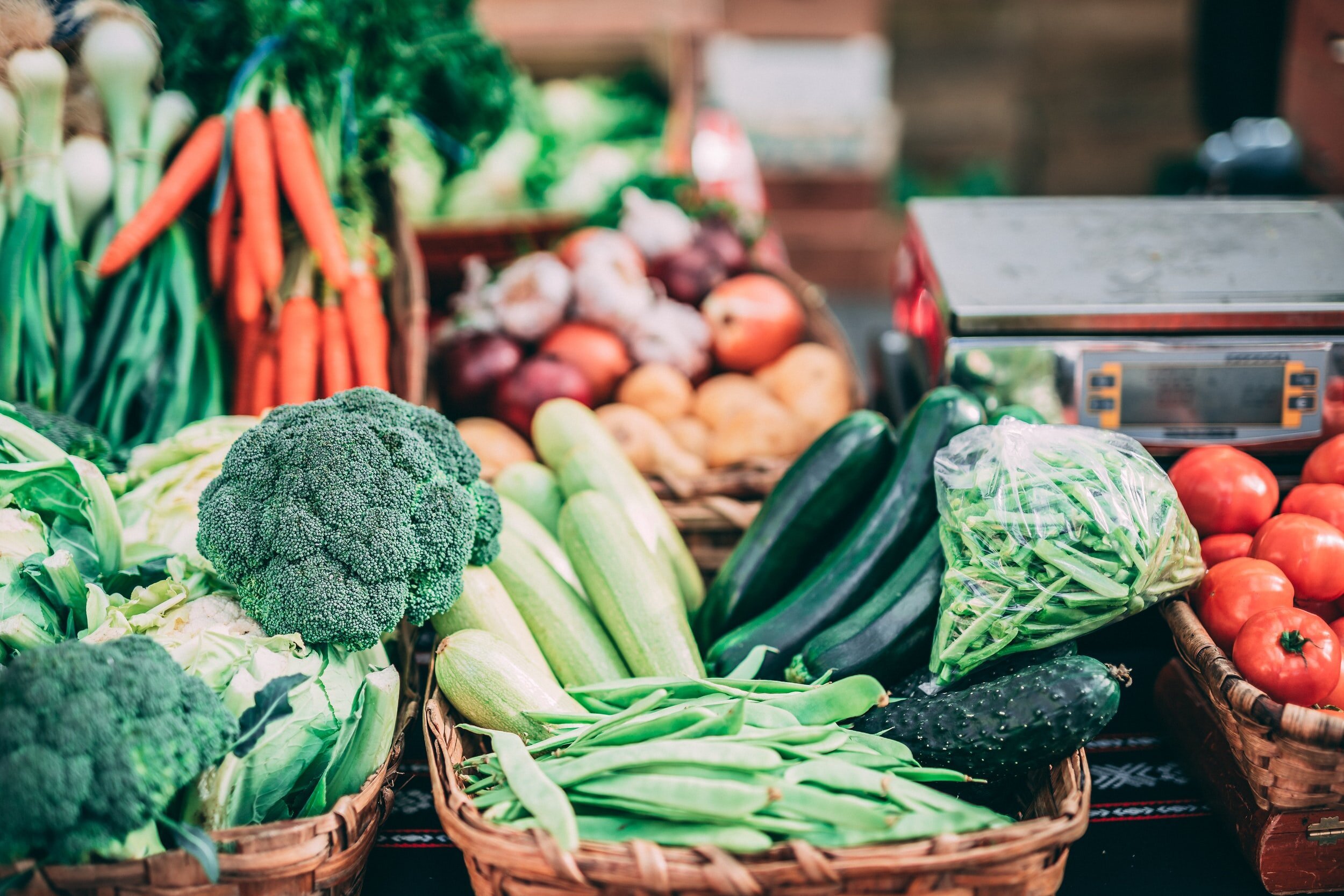There’s Something In The Water: Plastic Pollution in Lake Ontario
There’s more plastic polluting our lake than you think
Today, plastic plays a major role in nearly every aspect of our lives. It’s what makes up our take-out containers, packages our shampoo, and lines the cups of our morning coffee from Tim Hortons. With Plastic Free July having just come to a close, we thought it would be a good idea to examine our plastic crisis and how it impacts our beautiful Lake Ontario.
All the plastic picked up in one beach clean up. By Nicole Henderson, AGF Staff.
While plastic has been around for just over one hundred years, it came into popularity in the 60s and has seen rapid growth in its production. Today, we produce over 380 million tons of plastic every year - and this number continues to grow. Though plastic is convenient and cheap to make, this synthetic material has detrimental effects on the Earth.
Plastic in Numbers
Having recently finished our Love Your Lakes campaign, our team at A Greener Future got a first-hand look at this plastic pollution, when our volunteers took to the shores of Lake Ontario to collect litter. Throughout the months of May and June, our team of volunteers collected over 120,000 pieces of litter.
Cherry Beach. by Melissa Zeta, volunteer
Of these 120,000 pieces, the type of litter collected varied: foam pieces, food and drink containers, and cigarette butts were our largest contributors. All of which are made out of - you guessed it - plastic.
This data is only a sample, but it reveals a larger plastic crisis among our Great Lakes. According to a 2016 study by the Rochester Institute of Technology, nearly 10,000 metric tons of plastic enter the Great Lakes each year.
Of this number, Lake Ontario accounts for 1400 metric tons of plastic pollution, with big cities like Toronto and Hamilton being major contributors. That’s the equivalent of 28 Olympic-sized swimming pools filled with plastic bottles!
Plastic picked up in HTO Park. By Brianna Bettencourt, volunteer
Due to the synthetic material that plastic is made from, it never truly breaks down. With rapid production rates of plastic combined with the current volume of plastic already in Lake Ontario and around the world, plastic has a devastating impact on our environment.
Instead of biodegrading, plastic breaks apart into smaller and smaller pieces known as microplastics. Recent data shows that in Lake Ontario, up to 6.7 million particles of plastic per square kilometre were found. Microplastics impact the natural ecosystems of the lake, as animals such as fish and birds often mistake them for food. Microplastics can also make their way into our drinking water, as they are sometimes imperceptible to the naked eye.
So how can we address a problem like this, when this problem seems insurmountable?
How we can reduce our plastic consumption?
Do a Plastic Audit
Look around at your surroundings. What do you currently use that is made of plastic? Write a detailed list of all the items you use that involve plastic. Be specific! Consider items such as plastic wrap, soap bottles, kitchen sponges, toothbrushes, etc. Once you’ve finished your list, think about plastic swaps. There are so many cool new products out there that are moving away from plastic (e.g. a bamboo toothbrush or beeswax wraps!). Make it a goal to swap as many items as you can. The more you swap, the less you contribute to plastic waste.
Reuse, Reuse, Reuse
Plastic is only single-use if you use it once - but there are many single-use plastic items that can be reused! For example, the next time you use a Ziploc bag, wash it out and reuse it again. There are so many ways to reuse items, so be sure to be creative!
Plan Ahead
The restaurant industry is a big contributor to plastic waste, with so many restaurants using styrofoam take-out containers when you need your food wrapped up! Sometimes something as simple as planning ahead can help you reduce your plastic use. The next time you’re headed out to a restaurant, bring your own Tupperware container. You’ll be able to skip the styrofoam and bring your leftovers home guilt-free!
Advocate
While individual action is important, it is equally important to speak to your local, provincial, and federal representatives and express your concern about the plastic crisis. When we make our governments aware of what we value, we start to see a shift in laws and legislation - and this goes a long way! Write to your mayor, MPPs, and MPs and advocate for change today.
Volunteers posing after a successful clean up at Woodbine Beach. By Maria Vassilieva, volunteer
We have a responsibility to leave our environment better than how we found it. All we have to do is take action, one step at a time. Now, let’s take the momentum from Plastic Free July and keep our waste reduction journey going.






















Blog Coordinator